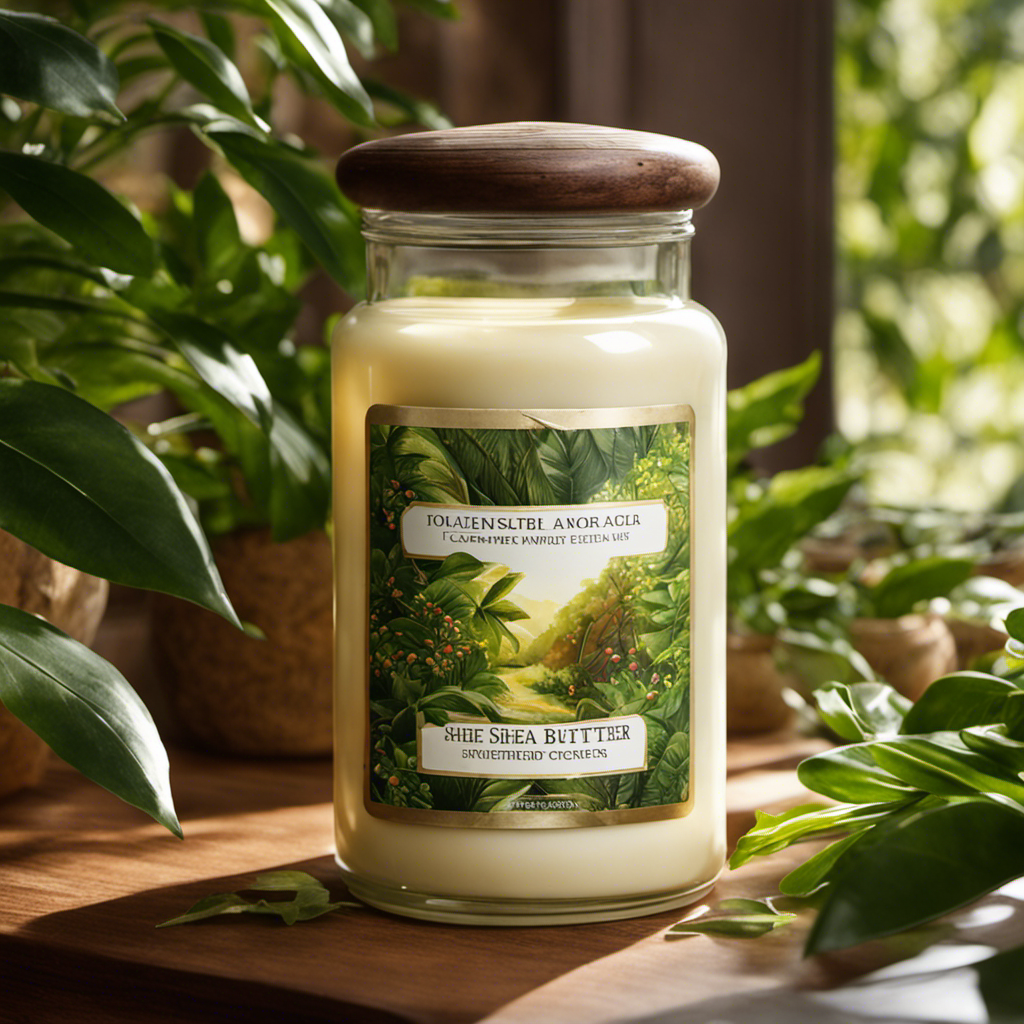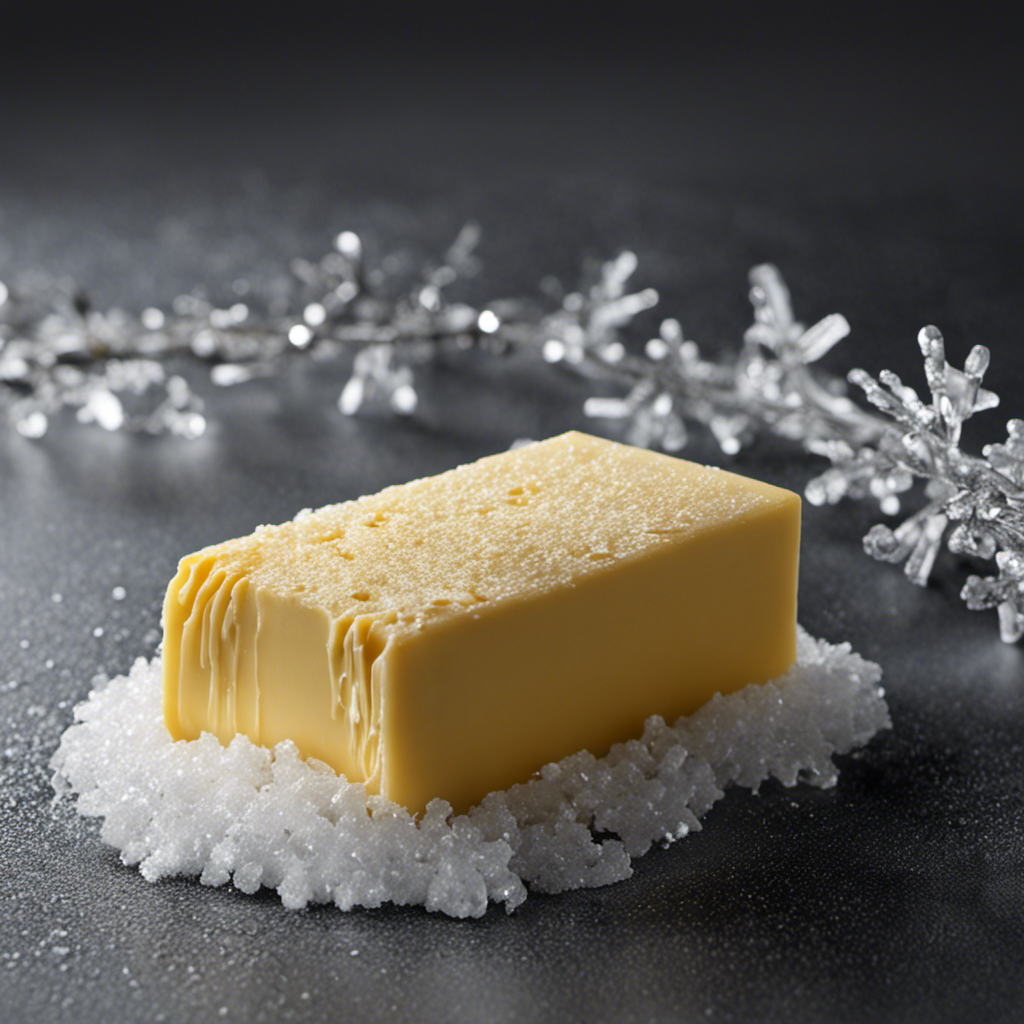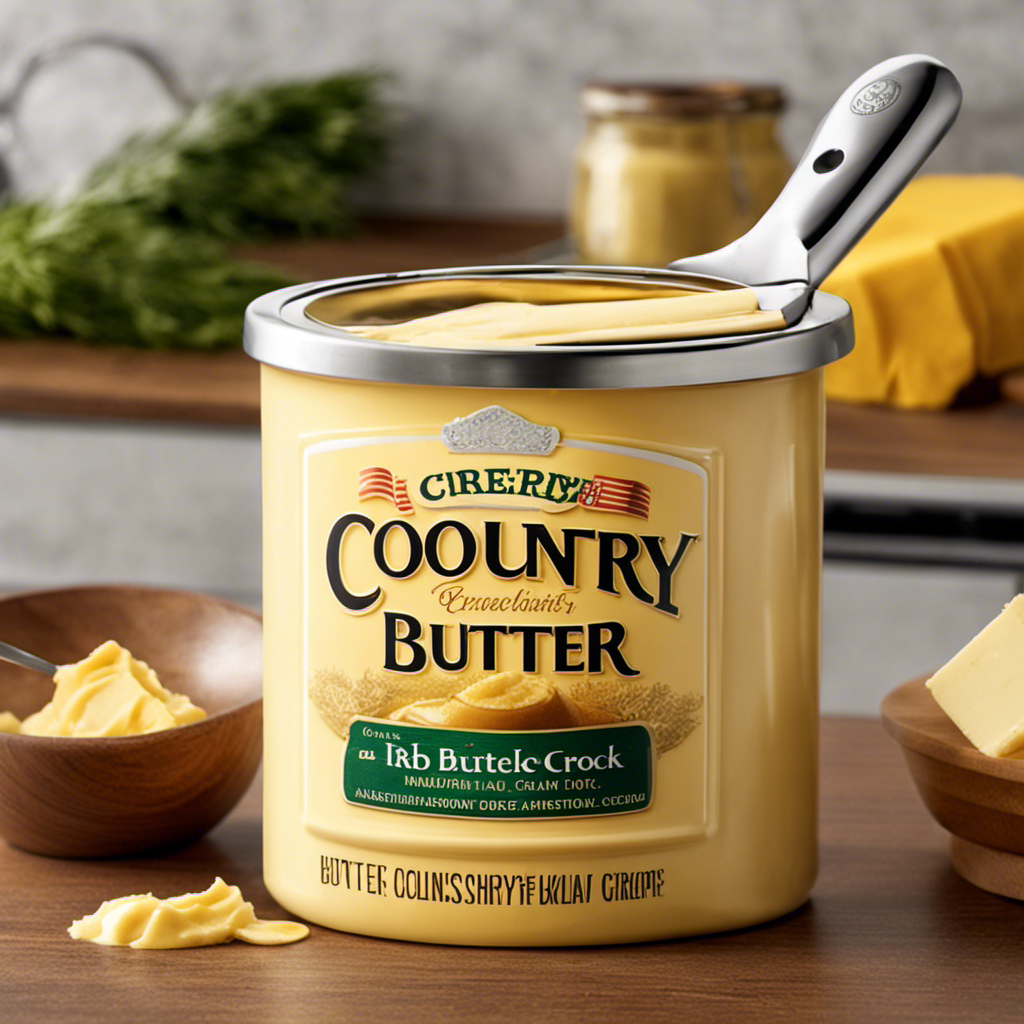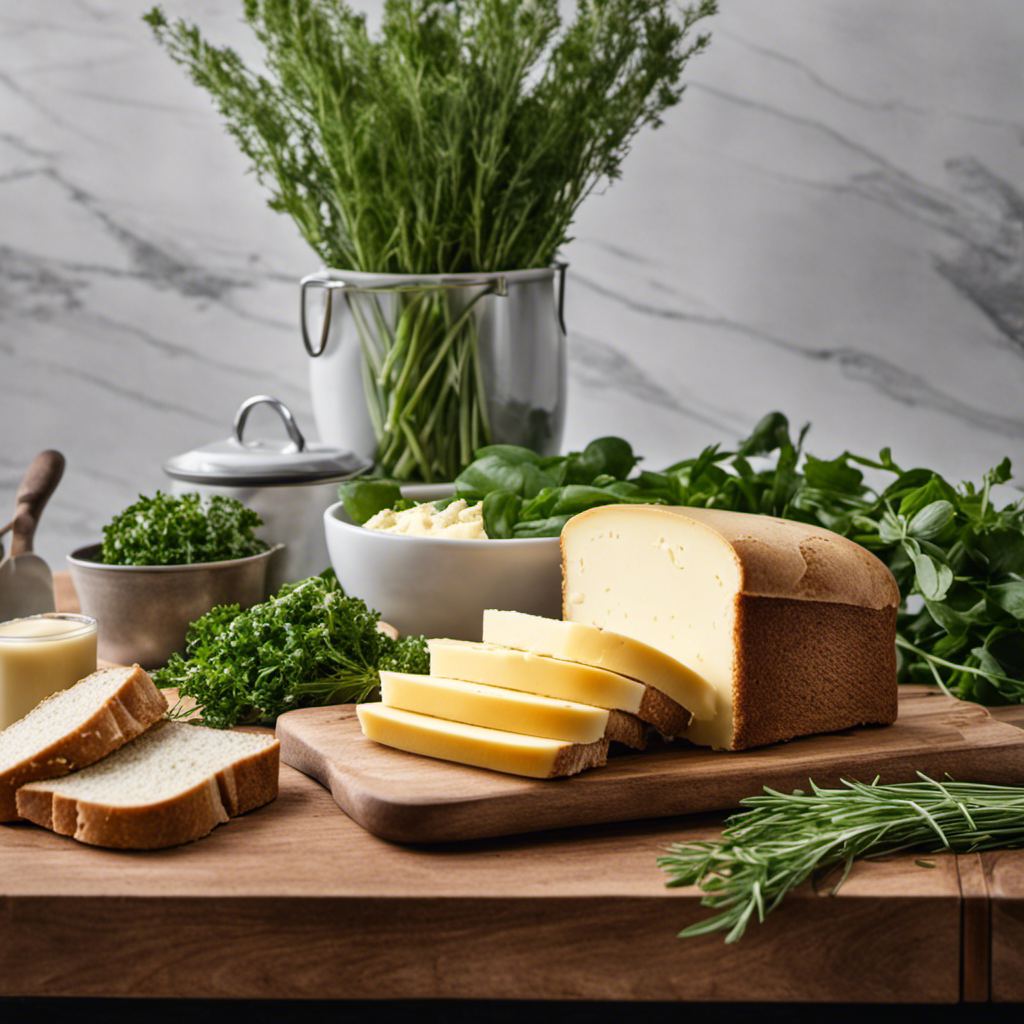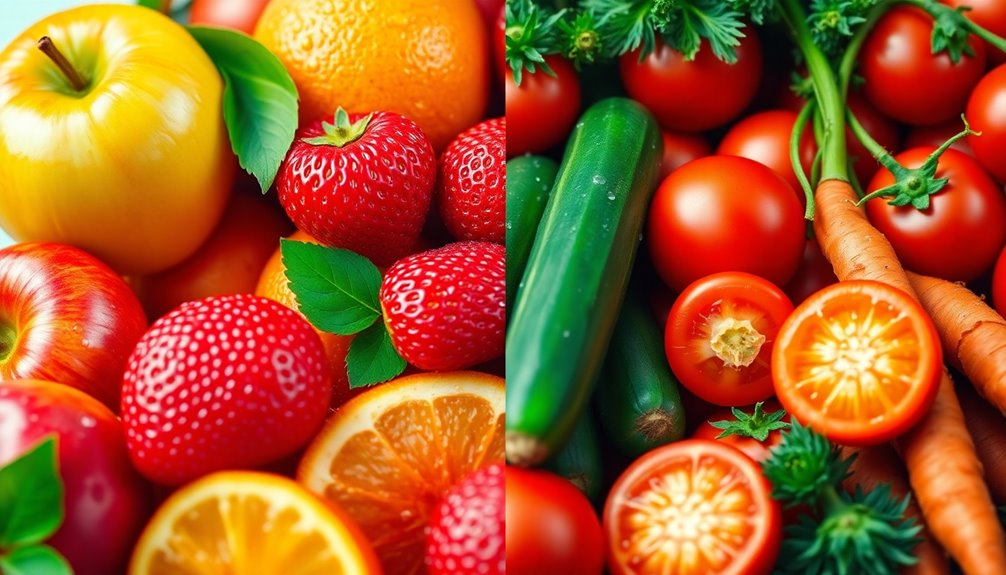I enjoy preparing Costco salmon with pesto butter because it is a scrumptious and simple dish that always satisfies. The juicy salmon fillets are expertly seasoned and complemented by a rich pesto butter that enhances the overall flavor.
Whether you’re grilling, baking, or pan-searing, this dish is versatile and always a crowd-pleaser. In this article, I’ll guide you through the cooking process and share the ideal cooking time to achieve a perfectly cooked, melt-in-your-mouth salmon.
Key Takeaways
- Preheat the oven and line a baking sheet with foil.
- Spread a generous amount of pesto butter on top of the salmon, covering the entire surface.
- Cooking time varies depending on the thickness of the salmon fillets.
- Gently flake the salmon with a fork to check for doneness.
Preparing the Costco Salmon
I’ll start by preheating the oven and lining a baking sheet with foil. This ensures that the salmon cooks evenly and doesn’t stick to the pan.
Next, I’ll take the Costco salmon out of its packaging and place it on the prepared baking sheet.
Now, it’s time to marinate the salmon. I’ll spread a generous amount of pesto butter on top of the salmon, making sure to cover the entire surface. This will infuse the salmon with a delicious flavor.
Once the salmon is marinated, I’ll pop it into the preheated oven. The cooking time will vary depending on the thickness of the salmon fillets. Generally, it takes about 12-15 minutes for the salmon to cook through and become flaky.
Making the Pesto Butter
To make the pesto butter, I’ll first blend together fresh basil, garlic, pine nuts, Parmesan cheese, and olive oil. This creates a vibrant and flavorful base that can be used in a variety of ways.
One popular variation of pesto butter is adding sun-dried tomatoes for an extra burst of tanginess. Another option is incorporating roasted red peppers for a smoky twist.
Once the pesto butter is made, it’s important to store it properly to maintain its freshness. I recommend transferring it to an airtight container and keeping it in the refrigerator. It can stay fresh for up to a week. Alternatively, you can freeze the pesto butter in ice cube trays for longer storage. Just pop out a cube whenever you need it!
Seasoning the Salmon
For seasoning the salmon, I simply sprinkle a combination of salt, pepper, and lemon juice onto each fillet. This simple yet effective technique enhances the natural flavors of the fish without overpowering it.
The salt helps to bring out the savory notes, while the pepper adds a subtle kick of heat. The lemon juice adds a bright and tangy element that complements the richness of the salmon.
When it comes to marinating techniques, this method is quick and easy, allowing the flavors to penetrate the surface of the fillet in just a few minutes. However, if you prefer a stronger flavor, you can marinate the salmon for a longer period of time, allowing the flavors to fully infuse.
When it comes to flavor combinations, the classic combination of salt, pepper, and lemon juice is a tried and true favorite that never disappoints.
Cooking Methods for the Costco Salmon
When grilling the salmon, I prefer to brush it with a light coating of olive oil to prevent it from sticking to the grill grates. This not only helps with the grilling process, but it also adds a subtle flavor to the fish.
Grilling is one of the most popular cooking techniques for salmon, as it imparts a smoky and charred flavor while keeping the fish moist and tender. However, if grilling isn’t an option, there are also baking options available. Baking the salmon in the oven allows for a more controlled cooking environment and can result in a perfectly cooked piece of fish.
Whether you choose to grill or bake the salmon, both methods can yield delicious results.
Now let’s move on to the next step, which is checking for doneness and serving.
Checking for Doneness and Serving
I usually use a fork to gently flake the salmon to check if it’s cooked all the way through. The flesh should be opaque and easily flake apart. If it’s still translucent or feels rubbery, it needs more time.
Once the salmon is cooked to perfection, you can serve it in a variety of ways. One classic option is to serve it with a side of steamed vegetables and a lemon wedge for a fresh and light meal. Another delicious serving suggestion is to place the cooked salmon on a bed of mixed greens, drizzle it with a tangy vinaigrette, and top it with some cherry tomatoes and avocado slices.
If you’re looking for alternative cooking techniques, you can try grilling the salmon for a smoky flavor or poaching it in a flavorful broth for a moist and tender result.
Frequently Asked Questions
Can I Use a Different Type of Fish Instead of Salmon for This Recipe?
Sure, you can definitely use a different type of fish instead of salmon for this recipe. When adapting the pesto butter recipe for alternative fish options, consider choosing a firm, meaty fish like cod, halibut, or tuna.
Adjust the cooking time accordingly based on the thickness of the fish fillets.
The pesto butter will still add a delicious and flavorful twist to your dish, no matter which fish you choose.
How Long Does It Take to Make the Pesto Butter From Scratch?
Making homemade pesto butter is a breeze! To whip it up faster, I’ve got some handy tips.
First, use a food processor to blitz the basil, garlic, pine nuts, Parmesan, and olive oil together. This speeds up the process and ensures a smooth texture.
Another trick is to soften the butter before mixing in the pesto. It makes the blending much easier.
With these modifications, you’ll have delicious homemade pesto butter in no time!
Can I Use Store-Bought Pesto Instead of Making My Own Pesto Butter?
Using store-bought pesto instead of making homemade pesto butter is a convenient option. It saves time and effort in preparing the dish. However, there are a few things to consider.
The flavor of store-bought pesto may differ from homemade pesto butter, which could affect the overall taste. Additionally, using a different type of fish for the recipe could alter the cooking time and result in a different texture. It’s important to choose a fish that complements the pesto flavor well.
What Are Some Alternative Seasoning Options for the Salmon?
When it comes to alternative seasoning options for salmon, there are plenty of creative ways to season fish.
From simple combinations like lemon pepper and garlic to more adventurous flavors like Cajun seasoning or a spicy chili rub, the possibilities are endless.
Experimenting with different herbs and spices can take your salmon to a whole new level of deliciousness.
Can I Grill the Salmon Instead of Baking It in the Oven?
Grilling vs baking: pros and cons.
Grilling salmon brings out a smoky flavor and creates a crispy skin, while baking gives a moist and tender texture.
Grilled salmon with pesto butter: tips and tricks.
Preheat the grill to medium-high heat and brush the salmon with pesto butter. Place the salmon skin-side down on the grill and cook for about 4-6 minutes per side, or until it reaches an internal temperature of 145°F.
Enjoy the delicious grilled salmon with pesto butter!
Conclusion
In conclusion, cooking Costco salmon with pesto butter is a simple and delicious way to enjoy this flavorful fish.
The combination of the savory pesto and buttery salmon creates a mouthwatering dish that’s sure to impress.
Whether you choose to grill, bake, or pan-sear, the cooking time will depend on the thickness of the fillets. Just be sure to check for doneness and serve hot for a truly satisfying meal.
So why wait? Dive into this sensational salmon feast today!



